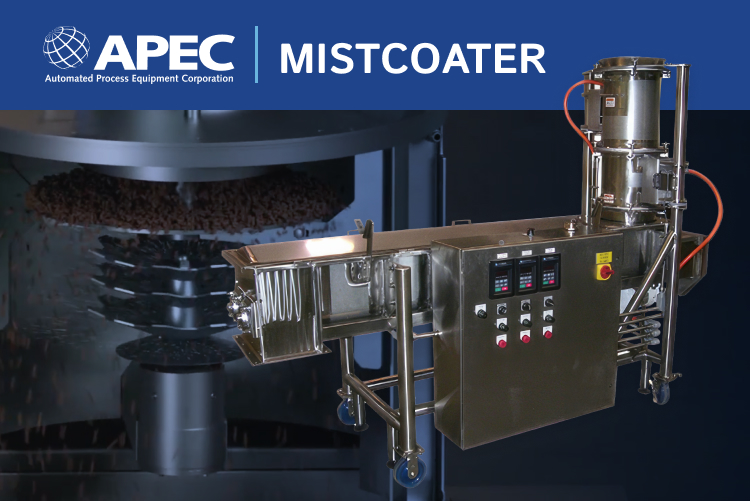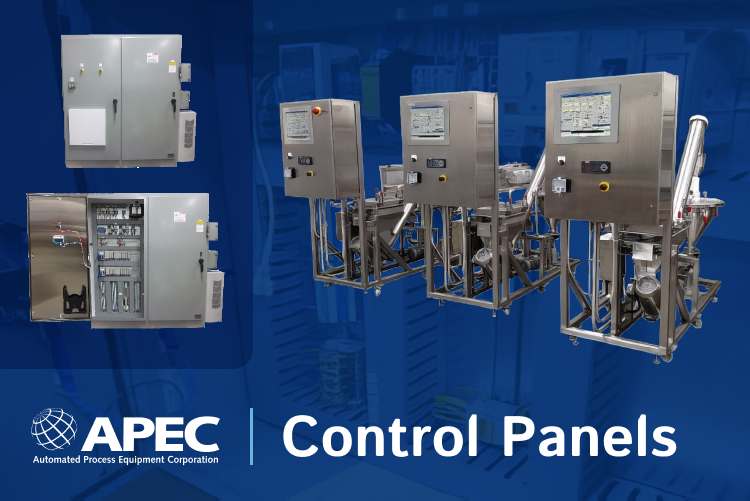
Automated systems have made food, pharmaceutical and chemical processing systems faster and more efficient. An important part of this process is the accurate weighing of ingredients. As ingredients have become more concentrated, the importance for highly accurate scales has increased. The challenge for many engineers is designing an automated system that is both efficient and accurate. To improve weighing accuracy in automated processing systems, you have to start with the load cell. Finding the right load cell can help to improve the accuracy of the automated process in general, without sacrificing efficiency.
Improving Accuracy in Automated Processing Systems: Load Cell Capacity and Weighing Instrument
The load cell capacity, weighing instrument and the ingredients themselves all play an important role in the weighing accuracy of automated processing systems, regardless of the industry they’re used in. In today’s blog post, we’ll start with these important factors. Other considerations, like the size of the feeder, the scale vessel mounting position, the controls, and environment, also play an important role, and we’ll cover these in our next post.
Load Cell Capacity vs Scale Instrument Capacity
Finding the right load cell means looking at both the weighing sensor and the weighing instrument. How a scale displays weight and the most accurate measurement it can use are determined by the weighing sensor, commonly called the load cell, and the weighing instrument, commonly called the scale head. A typical load cell is accurate with 5,000 divisions. So, in a 100 lb cell, it could display incremental changes by .02 lbs.
More finely-tuned scale instruments make it possible to improve this accuracy further. Most scale instruments can exceed load cell capability, with the ability to divide by 10,000 or even 20,000. So the 100 lb load cell could show increments of .01 lbs or .005 lbs, respectively.
Scales legal for trade must adhere to scale standardization rules published in the National Type Evaluation Program’s Handbook 44, and scale instruments with this level of specificity are considered outside the standard. However, process scales may not be required to meet these standards, and the additional accuracy offered by the improved scale instruments can improve accuracy in the automated process.
Full-Scale Capacity vs. Individual Ingredient Accuracy
The scale’s division accuracy is a percentage of the full-scale capacity, sometimes expressed as the full scale capacity multiplied by the division. For example a 100lb scale may be shown as 100lb x .02 if the scale divisions is 5,000. This is often misconstrued with an individual ingredient’s accuracy requirement. If, for example, the scale is accurate to within .02lb and an ingredient requires 2% accuracy, it’s easy to assume that the scale will be sufficient. However, this is not the case. It depends on how much you are trying to weigh.
For example, 1% accuracy in a 100 lb scale is 1lbs. If you are trying to weigh 25 lbs of an ingredient on the 100 lb scale with a scale division of .02lb to within 1% then you will be OK since the .02 lb division is 8 hundredths of a percent of 25lbs. However, if you want to weigh .25 lbs of an ingredient in the same scale and you are off by one division of the scale then the potential error is 8% of the target weight. In order to find out what the minimum division should be for .25 lb target weight with a desired accuracy of 1% we need to divide .25 by 100 to get the desired percentage of the target weight. This means that the scale divisions would have to be .0025 instead of .02 so the scale should be much smaller.
Efficiency vs. Accuracy in Automated Process Weighing
The use of small amounts of highly concentrated ingredients alongside larger amounts of base ingredients presents a measurement challenge. A scale that is large enough to measure out the larger ingredients may not be accurate enough for the smallest ones, but a scale that’s accurate enough for the smallest ones will be too small for the large ones.
There are a few solutions to find a balance between efficiency and accuracy in automated process weighing:
- Use two or more scales. Divide the recipe based on the desired accuracy for each ingredient. Two 50 lb scales capable of 5,000 divisions will each provide .01lb divisions, which will be twice as accurate as one 100 lb scale capable of 5,000 divisions, and the two scales working simultaneously will maintain speed and efficiency.
- Fill a smaller scale more then once. If there is an ingredient that exceeds the scale capacity then it is possible to weigh the ingredient up to the scale’s capacity, discharge the scale and continue to weigh the same ingredient in the scale until the target weight is achieved.
- Use a microingredient system. A specialized microingredient system can increase efficiency when there is a significant difference between the amounts and accuracy between highly concentrated ingredients and base ingredients.
- Dilute the ingredient. A highly concentrated ingredient may require accuracy within +/- .01 lbs. However, if the ingredient is diluted—say, by ten times—the accuracy will drop to +/- .1 lbs.
Finding the right load cell and scale to accommodate every ingredient in the mix is the first step towards creating an automated processing system that is both accurate and efficient. In our next post, we’ll cover the next elements to consider, including the feeder, controls, surrounding environment, and more.







